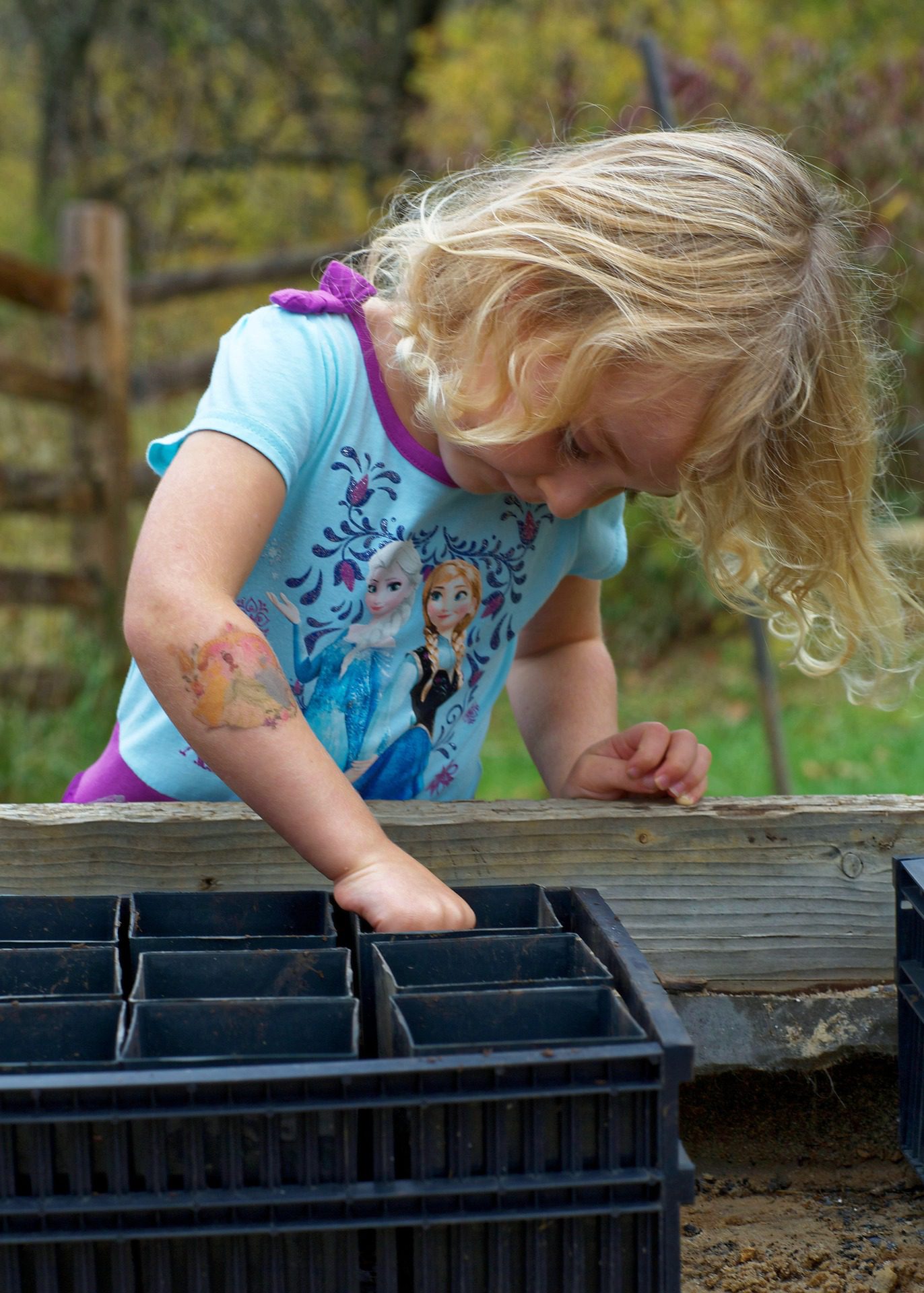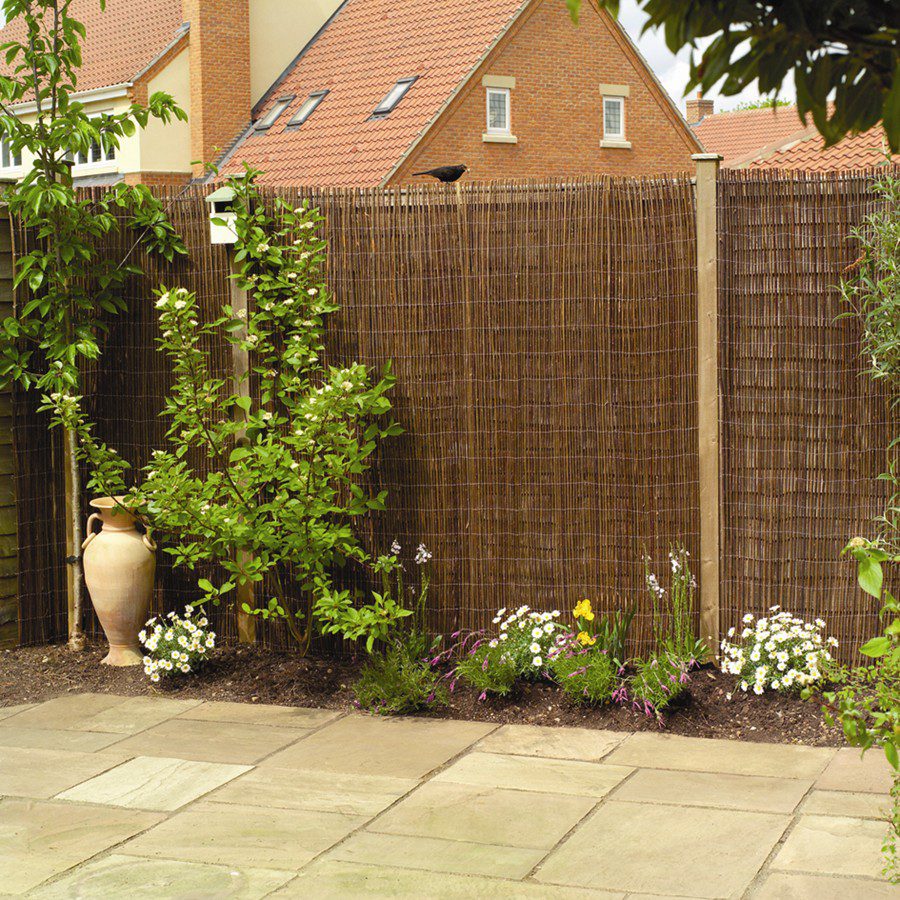Unless you’re a truly seasoned gardener, it can be difficult to know what to sow and when. And, if you decide on the wrong thing at the wrong time of year then the results – or lack of – can be a more than a little disheartening.
With this comprehensive guide we’ve tried to give you all the info you need to sow successfully through the summer and into autumn to ensure a great crop of fresh vegetables throughout the winter.
Looking after your sowings
Ideally, you should start sowing in early June and carry on into the autumn. The early plantings should easily survive outside; just remember to keep an eye on them and provide extra water as the weather warms up. Stay hopeful that the weather remains hot and these June and July sowings should get going in no time.
Keep your sowing going into the late summer and early autumn. Again, most vegetables are pretty hardy and will survive fine outside even as the weather gets colder, but any extra protection you can provide will help those planted later on. The protection doesn’t need to be anything elaborate, often just keeping the wind away from the plants will be more than enough. Plastic and fleece tunnels are the perfect answer, they’re easy to get hold of and great value at home stores like Wilko.
If you’re lucky enough to already have a greenhouse or polytunnel in your garden, don’t abandon it once you’ve moved all your summer plants. These are great for use throughout the year so continue sowing and you’ll have a great crop of salads and greens all year round.
Salads & Greens
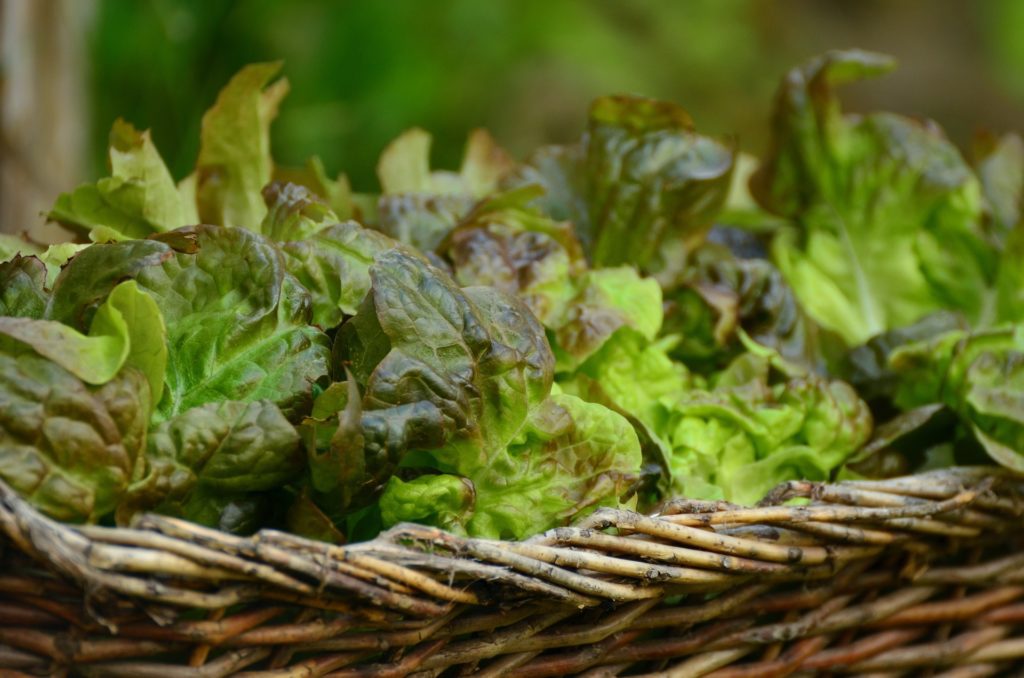
Lettuce, rocket and other crunchy salad leaves – These are really easy to grow all year round. In the summer, let them enjoy the garden. During the winter, either protect them outside or plant them in a tray and leave them on a window sill. These leaves are particularly popular through the summer because they ensure crunchy salads all summer long. These are cut and grow varieties so it doesn’t matter how much you cut them, they’ll just keep growing back.
Broccoli – This is a midsummer sow that’ll be ready to harvest in the autumn. Broccoli can also be sown in late August or early September under the protection of a greenhouse or polytunnel. This will give you a crop in the early months of the following year. Beware though, if you’re experiencing a severe winter, your greenhouse or polytunnel will need to be heated in order for them to survive.
Cabbage – Late August and early September are the perfect times to add cabbages to your garden for a fresh harvest early the following spring.
Root Vegetables
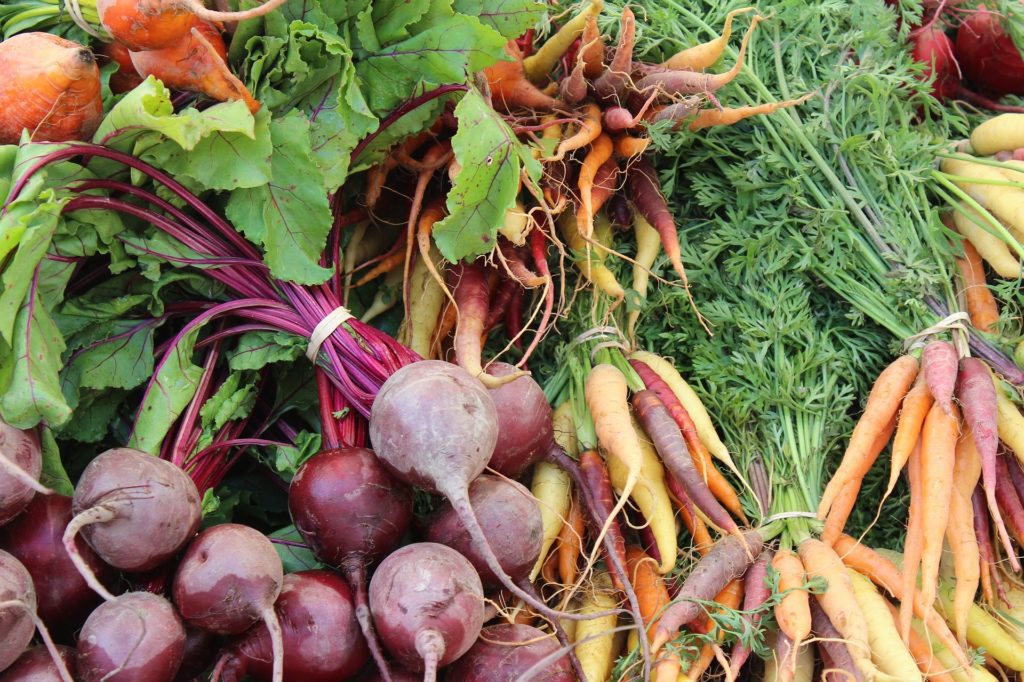
Beetroot – Can be sown throughout the summer and into the autumn. Ideally, for full sized beetroots plant them in June. Alternatively, a July sowing will mean you’ll get tender baby beets in the autumn. A later sowing in August or September is possible but only recommended if you have a polytunnel.
To store your main summer crop over winter, twist off the leaves, make sure none of the roots don’t touch. Pack them into dry sawdust and you’ll be enjoying beetroot well into the new year.
Carrots – Plant them now and you’ll have a great crop midsummer. You can carry on planting in July and August too and just pull them as baby carrots in the autumn. For late summer sowing the recommended variety is the full flavoured Red Samurai.
Swede – Get planting swede now and continue into June for a harvest in November or December. Store in a cool, dry place and it’s another veg that keeps really well.
Peas
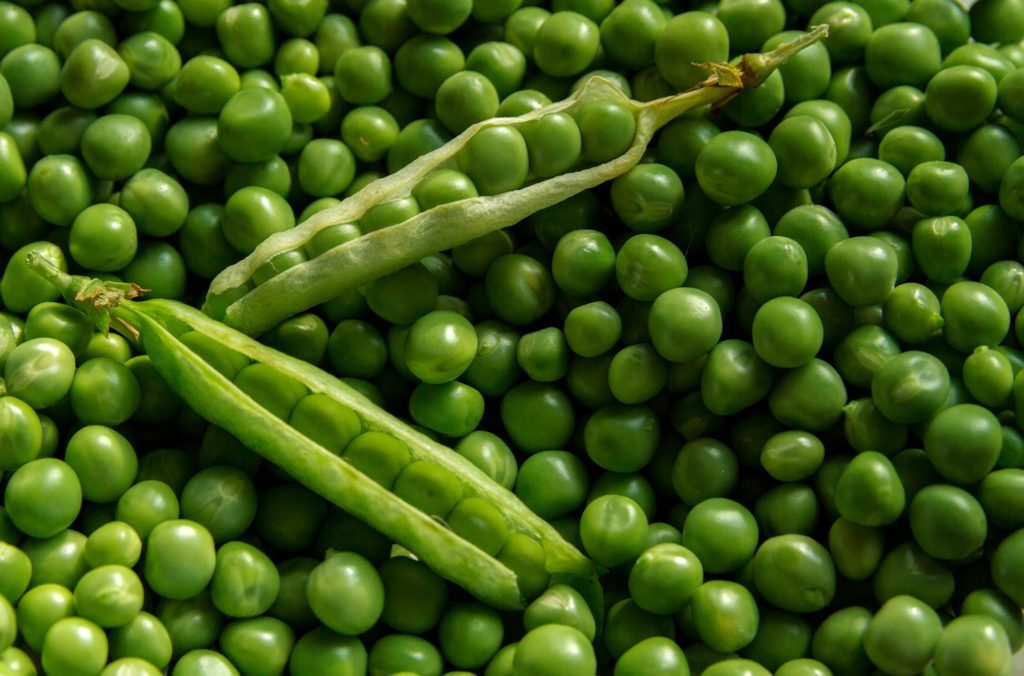
Peas – Plant in September and October for an early spring crop. Next year, if you want a summer crop, plant from January onwards.

